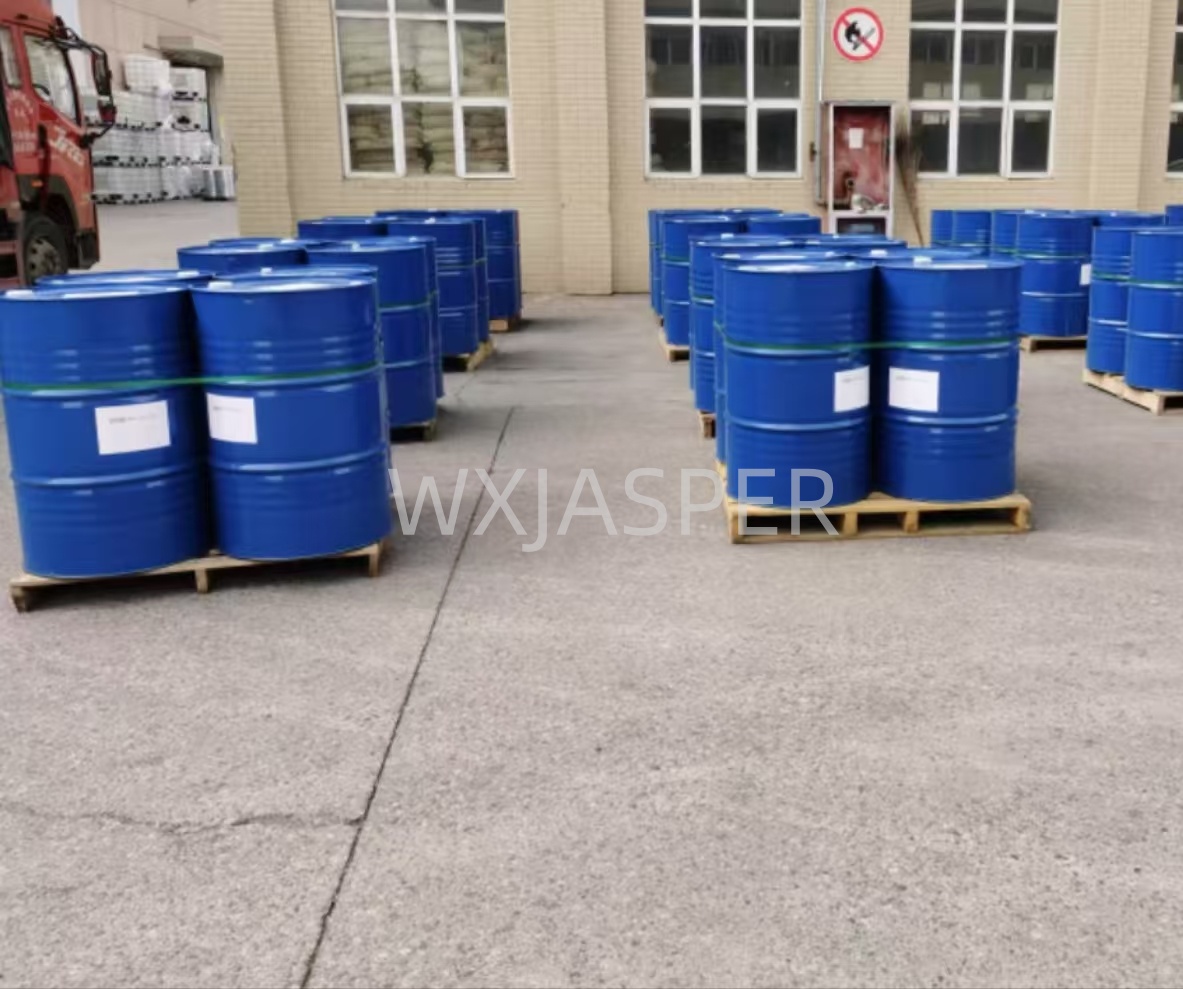Your Location:Home > Products > Solvents > Polyoxyethylene Lauryl Ether, 3m EO



CasNo: 9002-92-0
MF: C12H25O.(C2H4O)n
Appearance: liquid
Delivery Time: 15 days
Packing: 200kg/drum
Purity: 99%
|
Indicator |
Typical Values (Industrial/Detergent Grade, n=9–10) |
Description |
|
Appearance |
White solid, flake, or waxy paste at room temperature; melts to a colorless transparent liquid at >40°C |
Solid/flake form for easy storage; liquid form for convenient blending in hot formulations. |
|
Active Content |
≥99.0% |
High purity minimizes impurities (e.g., free lauryl alcohol ≤0.5%) that cause odor or formulation instability. |
|
pH Value (1% aqueous solution, 25°C) |
5.0–7.0 |
Near-neutral, compatible with most water-based formulations (avoids pH-induced degradation). |
|
Cloud Point (5% NaCl aqueous solution) |
91–96°C |
High cloud point ensures stability in high-temperature applications (e.g., hot textile dyeing baths, industrial cleaning at 60–80°C). |
|
Melting Point |
40–42°C |
Low melting point allows easy melting and mixing without high-energy heating. |
|
Density (liquid form, 50°C) |
1.061 g/cm³ |
Consistent density simplifies dosage calculation in industrial batching. |
|
Surface Tension (0.1% aqueous solution, 25°C) |
28–32 mN/m |
Low surface tension enables excellent wetting and penetration on solid surfaces (e.g., fabric fibers, metal parts). |
|
Solubility |
Insoluble in cold water; soluble in warm water (>40°C), ethanol, isopropanol, and mineral oil; forms transparent aqueous solutions at >cloud point |
Adapts to both water-based (e.g., detergents) and oil-based (e.g., emulsions) systems. |
|
Stability |
Stable to acids (pH 3–9), alkalis (pH 9–11), and hard water; decomposes at >120°C or in strong oxidizing agents (e.g., concentrated H₂O₂) |
Maintains performance in most industrial and 日化 (daily chemical) scenarios. |
Versatile Surface Activity
Combines hydrophobic lauryl chains (for oil solubility) and hydrophilic polyoxyethylene chains (for water solubility), enabling multi-functional performance:
Mildness and Compatibility
As a nonionic surfactant, it has lower skin/eye irritation than anionic surfactants (e.g., SLES, LAS). Skin irritation tests (OECD 404) rate it "mild," and it is compatible with anionic, cationic, and amphoteric surfactants—no precipitation or efficacy loss when blended (e.g., with Polyquaternium-10 in hair care).
Temperature Adaptability
Grades with different EO units (n) offer tailored cloud points:
Environmental Friendliness
Meets global biodegradability standards: 28-day biodegradation rate ≥90% (OECD 301B), with no persistent organic pollutant (POP) residues. It is compliant with EU ECOLABEL and US EPA Safer Choice criteria, reducing environmental impact.